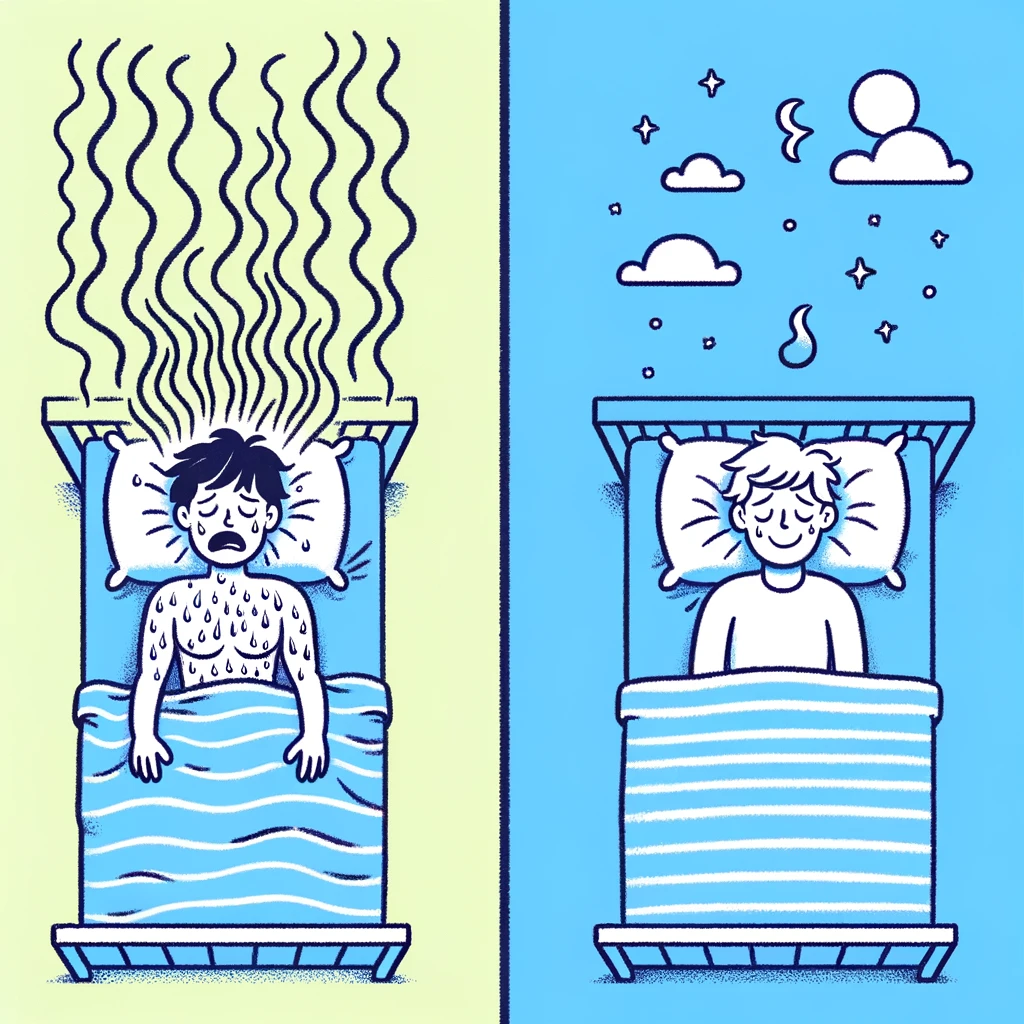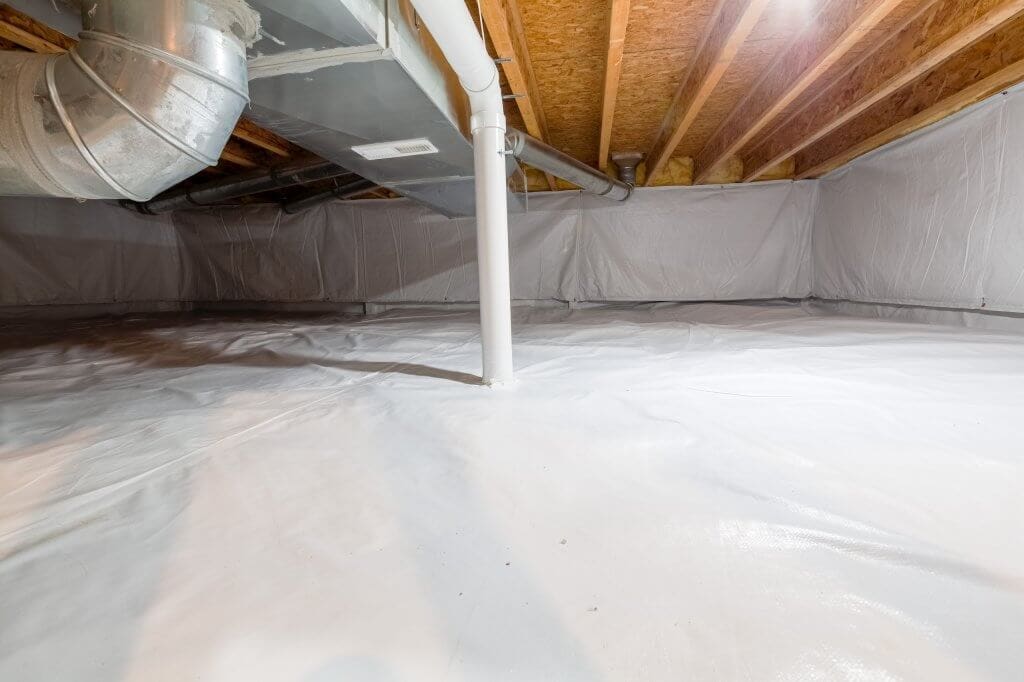Who would’ve thought that humidity influences off-gassing? Not us! While research on the topic spans more than a decade, it has yet to capture the attention of homeowners. That just won’t do. Let’s take a look at the results of several studies that have found a link between humidity and off-gassing. Or, more specifically, the relationship between humidity and volatile organic compounds (VOCs) which are a product of off-gassing.
Humidity, Off-Gassing and VOCs
Before we get started, let’s break down a few important terms that will be repeated throughout this article.
- Humidity: Humidity refers to the amount of water vapor in the air. Water vapor is water in its gas form.
- Off-Gassing: Off-gassing refers to the release of chemicals from residential and commercial products.
- VOCs: VOCs are organic chemicals, often man-made, that are released by various liquid and solid sources in the form of a gas.
How Does Humidity Affect VOCs?
In the simplest of terms, high humidity causes products to emit gaseous pollutants or off-gas. This increases the amount of VOCs in the air, thus reducing indoor air quality. A 2016 study found that an increase in absolute humidity greatly increased the initial possible emitting concentration of the VOCs formaldehyde and hexaldehyde. Furthermore, they found that the partition coefficient of these VOCs increased when absolute humidity increased. In other words, VOC emissions positively correlate with an increase in humidity.
Two years earlier, researchers found similar results when they sampled VOC concentrations in a building with water damage. They found that the VOCs 2-ethylhexanol and TXIB increased three and twofold, respectively, as the relative humidity level indoors increased. The same phenomenon occurred when they sampled moisture-affected and laboratory-contaminated building materials.
In 2011, another researcher sampled six residences and discovered a connection between increased relative humidity and increased VOC concentrations. The study used a steam humidifier to create a transient increase in relative humidity. Transient increases may also result from boiling water, showering and other common activities that produce moisture.
How Does Humidity Impact Carbon Filters?
In addition to directly increasing the amount of VOCs in the air, there is another way that humidity impacts off-gassing. Activated carbon and charcoal air filters are popular among homeowners wishing to target odors as they are quite effective at removing VOCs and other gaseous pollutants. Notably, high humidity decreases the performance of these filters. The carbon filter absorbs more water vapor than VOCs when humidity levels are high. This completely defeats the point of an air filter. If homeowners wanted to capture water vapor, they’d invest in a dehumidifier.
Humidity Control Reduces VOC Emissions
Not only did these studies prove that high humidity increases VOC emissions, but they also proved that low humidity decreases VOC emissions. For example, one of the aforementioned studies found that several VOCs could not be detected when relative humidity was low. Findings such as this show how humidity control is extremely beneficial for homeowners looking to improve indoor air quality.
 Humidity Control Benefits: Minimizing off-gassing and reducing VOC concentrations indoors isn’t the only thing humidity control helps with, whole-home humidity regulation also helps lower virus transmission indoors. Read more →
Humidity Control Benefits: Minimizing off-gassing and reducing VOC concentrations indoors isn’t the only thing humidity control helps with, whole-home humidity regulation also helps lower virus transmission indoors. Read more →That being said, the most efficient and effective way to decrease indoor humidity and off-gassing in your home is a whole-home dehumidifier. In addition to resolving issues such as condensation, insect infestation, unusual smells and general mugginess, a whole-home dehumidifier reduces VOC emissions. This is advantageous with regard to health, given the fact that VOCs are known to cause headaches, nausea, fatigue and many more symptoms.
How do whole-home dehumidifiers work? They use an internal fan to pull in the air. The air flows by coils which collect the air’s moisture, turning it into water. The water remains in an internal reservoir and drier air is pushed out to circulate through the home. Most dehumidifiers have internal humidistats that alert when humidity levels are high. Additionally, the humidistat can be set to maintain a specific desired humidity range automatically.
Don’t Let Humidity and Off-Gassing Win
There’s a reason that we recommend homeowners maintain 40–60% humidity indoors. VOCs and other air pollutants thrive in excess humidity. Moreover, humidity impacts the effectiveness of your air filter, your home’s first line of defense against indoor air pollution! In addition to maintaining this ideal level of humidity, it’s important to invest in IAQ solutions that will help combat these issues today, tomorrow and every day.






